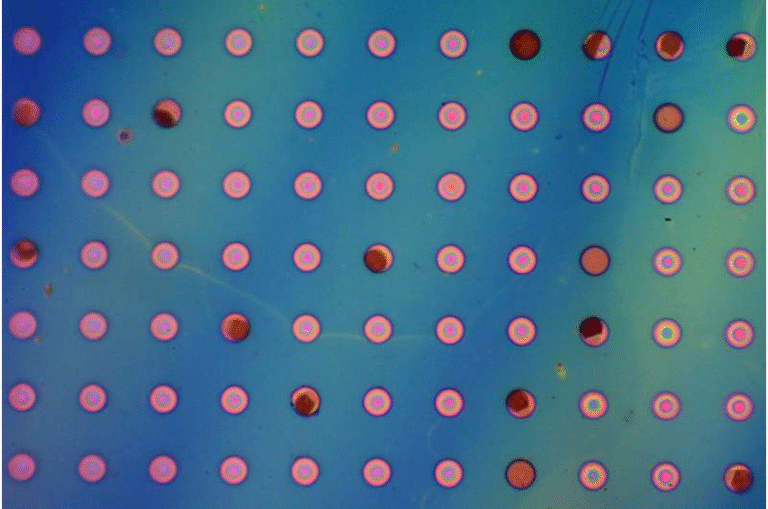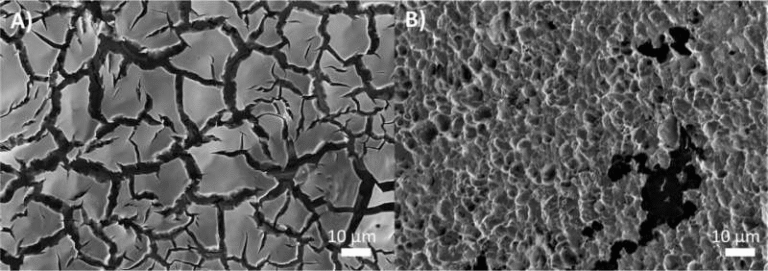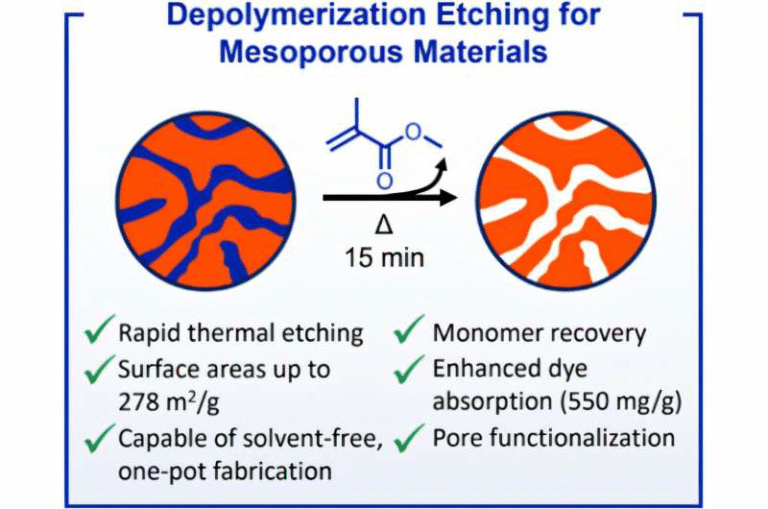Artificial Tongue Made with Milk Proteins Can Measure How Spicy Your Food Really Is

Scientists have developed a soft, flexible “artificial tongue” that can accurately measure how spicy a food is—without anyone having to burn their mouth. The new device, described in ACS Sensors (2025), uses milk proteins to detect the heat-causing compounds found in foods like chili peppers, garlic, black pepper, and ginger. The concept is simple yet fascinating: since milk naturally calms the burn from spicy foods, why not use its same chemistry to build a sensor that “tastes” spice like we do?
This new invention could make it possible to test the heat level of hot sauces, peppers, or entire dishes objectively and quickly, without relying on human taste testers or complicated lab analyses. Let’s dive into how it works, what makes it unique, and why this development could change how we measure “heat” in food.
How the Artificial Tongue Works
The key ingredient in this new sensor is casein, a type of protein found in milk. Casein binds to capsaicin, the compound responsible for the burning sensation in chili peppers. When you drink milk after eating something spicy, casein grabs onto capsaicin molecules, reducing their ability to stick to pain receptors on your tongue.
Researchers Weijun Deng, Jing Hu, and their team wanted to use this natural interaction to create an electronic tongue that can detect spicy compounds through changes in electrical current. They mixed acrylic acid, choline chloride, and skim milk powder—the source of casein—into a gel solution. Then they exposed the mixture to ultraviolet light, which hardened it into a flexible, tongue-shaped film that can conduct electricity.
When a spicy compound such as capsaicin touches the gel, the casein molecules inside it bind to the capsaicin. This binding action changes how electricity flows through the gel, causing the electrical current to drop. The more capsaicin (or other pungent compounds) there is, the greater the drop in current.
The result? A transparent, flexible “tongue” that can sense and quantify spiciness just by measuring how much the current decreases.
What the Tests Showed
To test the prototype, the researchers added capsaicin directly onto the film. Within 10 seconds, the electrical current decreased noticeably. This quick response suggests the sensor could be used for rapid testing in real-world situations, such as checking food batches during production.
The artificial tongue proved to be highly sensitive—it could detect capsaicin concentrations lower than what humans can taste, as well as levels beyond the human pain threshold. That means it’s capable of identifying spice levels from mild to extremely hot.
But the team didn’t stop with capsaicin. They also tested other pungent compounds that contribute to the “bite” of spicy or aromatic foods. These included:
- Piperine from black pepper
- Allicin from garlic
- Gingerol from ginger
- Compounds from horseradish and onion
The milk-based gel responded to all of them, confirming that it’s not limited to chili heat alone—it can sense a broad range of pungent flavors found in everyday foods.
As a proof of concept, the team tested eight types of peppers and eight spicy foods, including several popular hot sauces. They also asked a panel of human volunteers to rate the same samples by how spicy they felt. When the researchers compared the sensor’s readings with the human taste ratings, the results matched closely.
This shows that the artificial tongue can mimic human perception of spice remarkably well—without putting anyone’s mouth on fire.
Why This Research Matters
Today, most measurements of food spiciness rely on either human taste testers or chemical analysis in labs. Both methods have downsides: human testing can be subjective and uncomfortable, while lab tests are expensive and slow.
The new milk-based artificial tongue offers a faster, safer, and more consistent way to measure spiciness. It can potentially:
- Help food manufacturers maintain consistent spice levels across batches.
- Be used in quality control labs to verify product labeling (like “mild,” “medium,” or “extra hot”).
- Assist humanoid robots or smart cooking devices in detecting flavor intensity.
- Support patients with taste disorders, such as ageusia, by offering sensory feedback through technology.
Essentially, it’s a tool that brings objectivity to something as subjective as “how spicy is too spicy.”
The Science Behind Milk and Spiciness
For anyone who’s ever eaten a fiery chili and reached for a glass of water—only to find it useless—there’s a good reason milk works better. The “heat” from spicy foods isn’t a temperature sensation; it’s a chemical reaction. Compounds like capsaicin bind to receptors in your mouth called TRPV1 receptors, which are responsible for sensing heat and pain.
Water can’t dissolve capsaicin because it’s fat-soluble, not water-soluble. Milk, however, contains casein proteins that act like natural detergents. They surround and pull away the capsaicin molecules, effectively washing them off your receptors.
This biological trick is exactly what inspired the artificial tongue. By using milk powder in the gel, the researchers allowed the sensor to “feel” spice chemically in the same way your mouth does.
Broader Implications for Food Tech
This development is part of a growing field known as electronic taste sensing, or artificial tongues. These devices use arrays of sensors to mimic human taste perceptions such as sweet, sour, salty, bitter, and umami. However, measuring pungency—the burning or stinging sensation from spicy compounds—has always been a challenge because it’s not a true taste.
The new milk-based design changes that. It introduces a reliable way to measure pungency intensity, something that could benefit many industries beyond food. For example:
- Robotic chefs could use it to balance flavors without human help.
- Agricultural researchers might use it to analyze pepper varieties or breeding lines.
- Health professionals could develop dietary tools for people with sensory impairments.
In the future, sensors like this might even be integrated into wearable devices or portable gadgets that instantly measure food properties such as spice, sweetness, or freshness.
Challenges and What’s Next
Although promising, this artificial tongue is still a prototype. There are several challenges before it can be widely used:
- Durability: The gel material needs to withstand multiple uses without degrading.
- Calibration: Spicy foods vary in composition—different oils, fats, and textures could affect readings.
- Reproducibility: For commercial use, each sensor must respond consistently across thousands of samples.
- Complex flavor interactions: Real dishes contain multiple ingredients, and how these interact might influence the sensor’s accuracy.
The research team plans to refine the technology further, possibly creating versions that can identify specific spice compounds or produce a full “spice profile” of a dish.
If successful, this could revolutionize how spiciness is measured—bringing a scientific scale to what has always been a matter of personal tolerance and taste.
A Hot Future for Artificial Tongues
The artificial tongue made with milk proteins is a small but smart step in combining biology, chemistry, and technology. It shows how simple natural principles—like milk calming chili burn—can be transformed into practical innovations.
While we might not see “spice meters” in our kitchens tomorrow, the groundwork is being laid for a future where tasting could become a measurable, automated process. From robotic cooking to personalized food sensors, the possibilities are exciting.
And maybe one day, before biting into that fiery habanero or mystery hot sauce, you’ll just let your digital tongue take the first taste.
Research Reference:
“A Soft and Flexible Artificial Tongue for Pungency Perception” – ACS Sensors (2025), DOI: 10.1021/acssensors.5c01329





